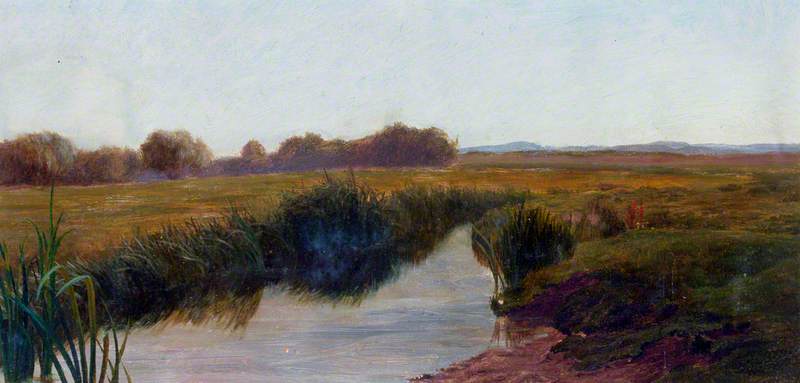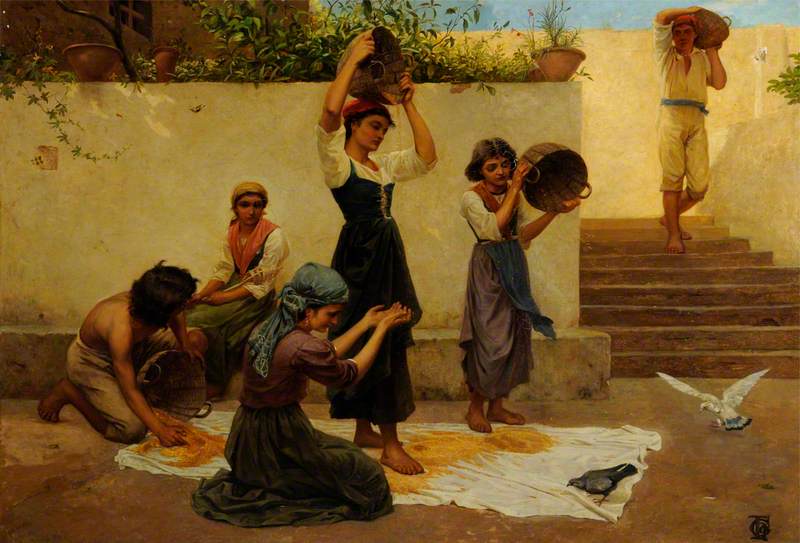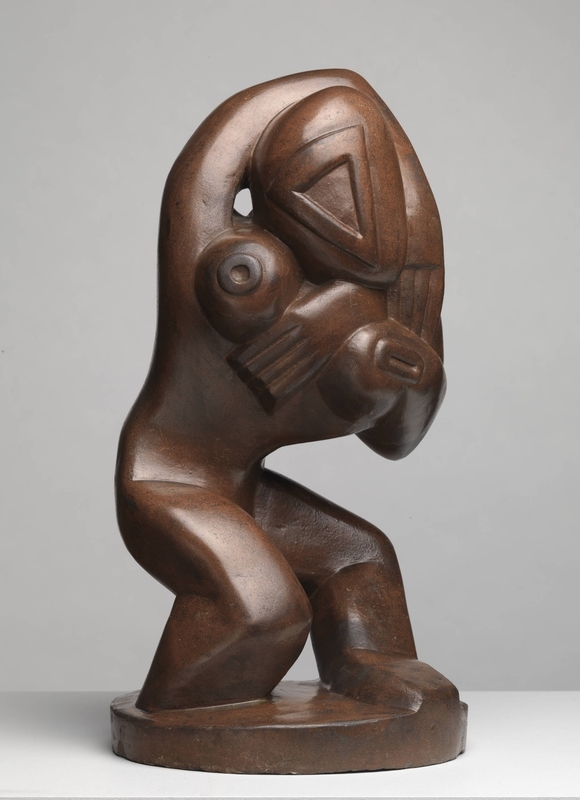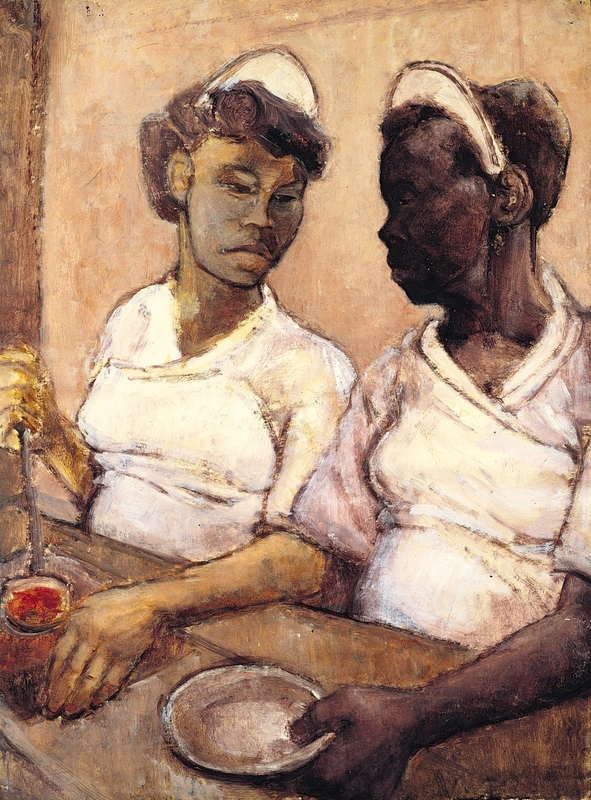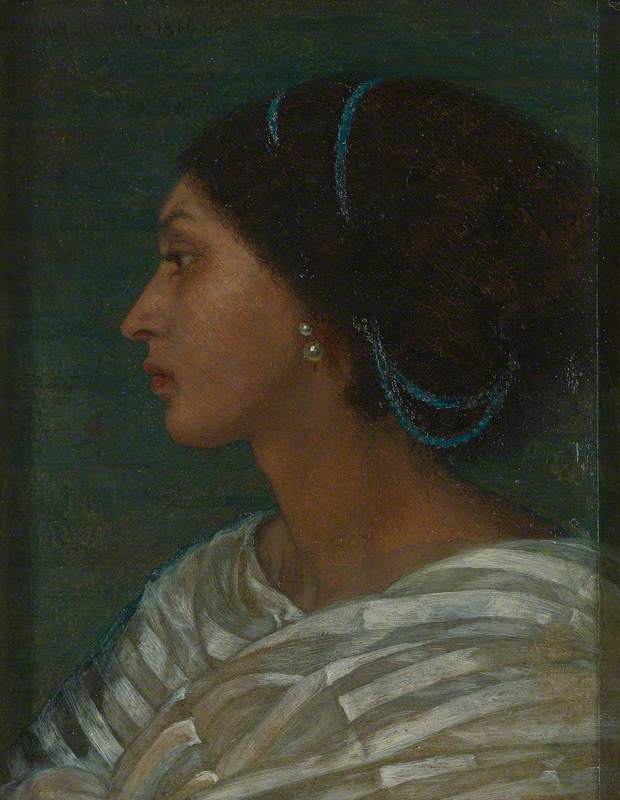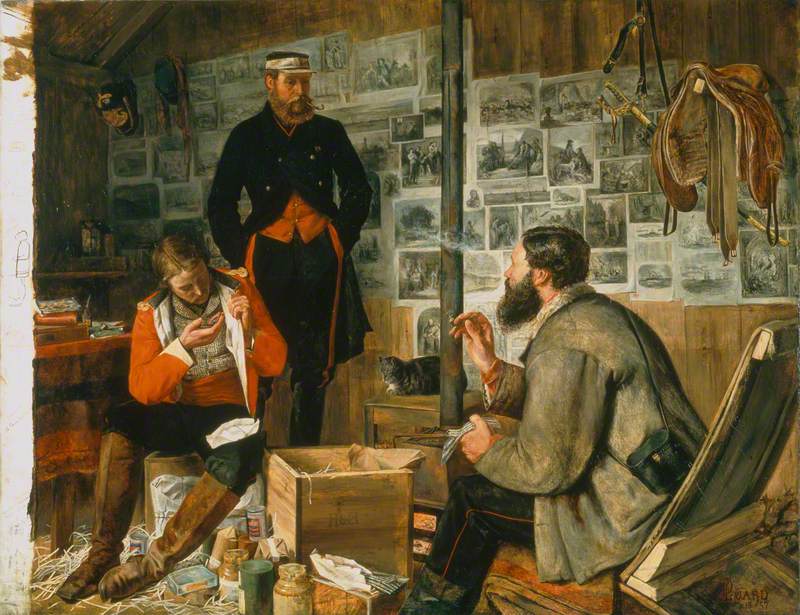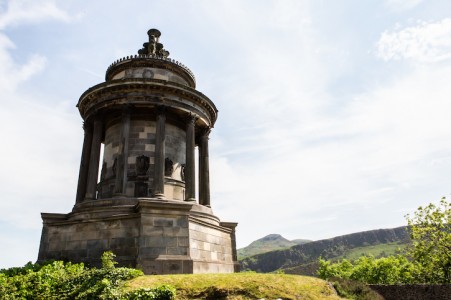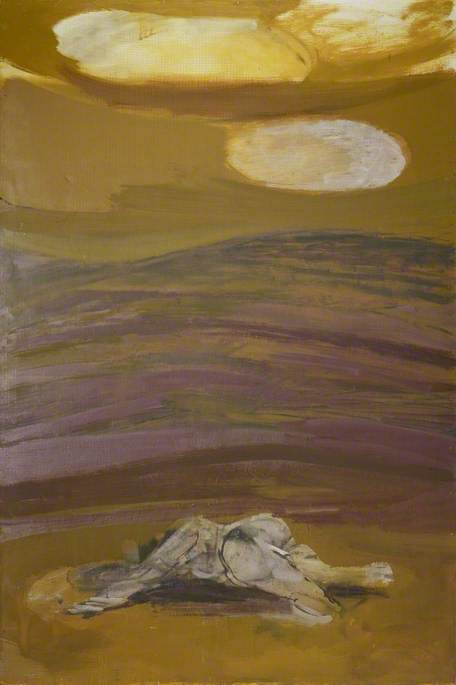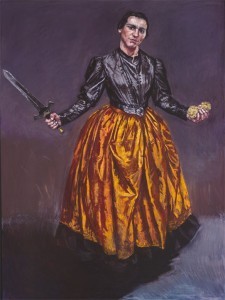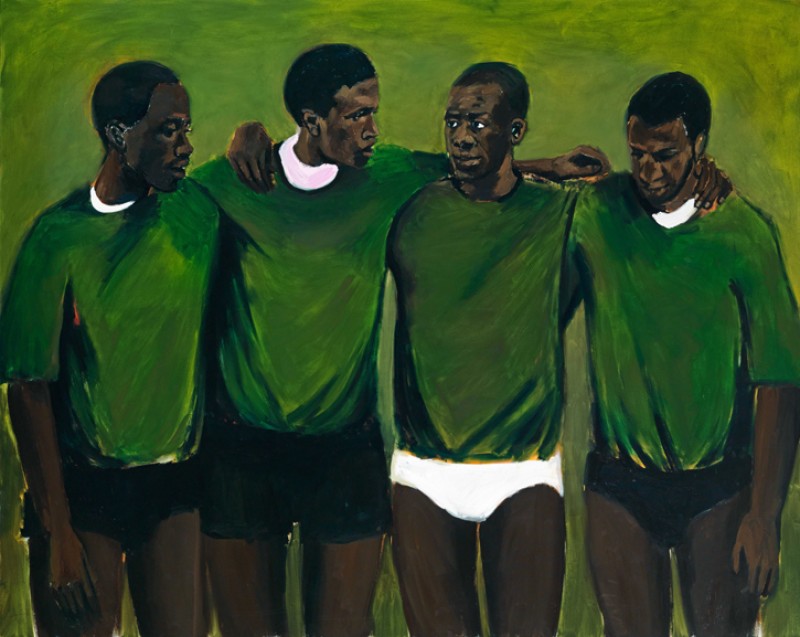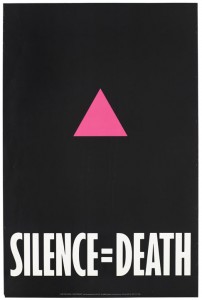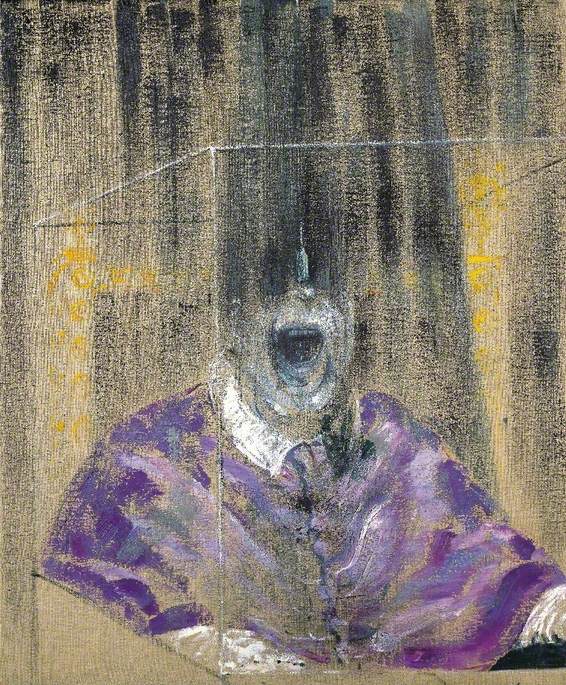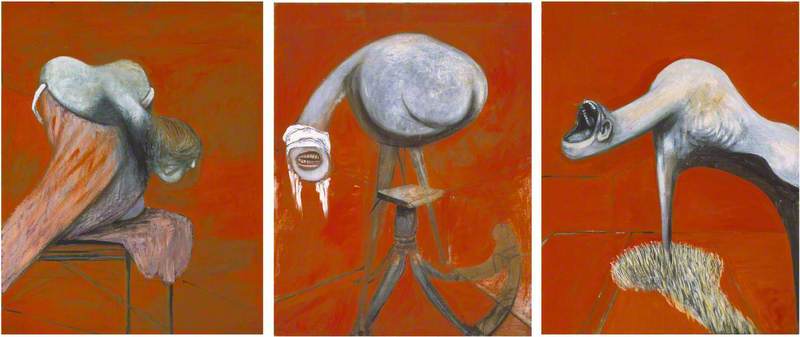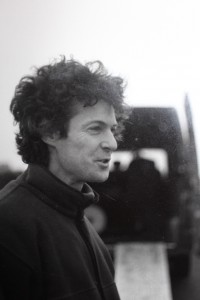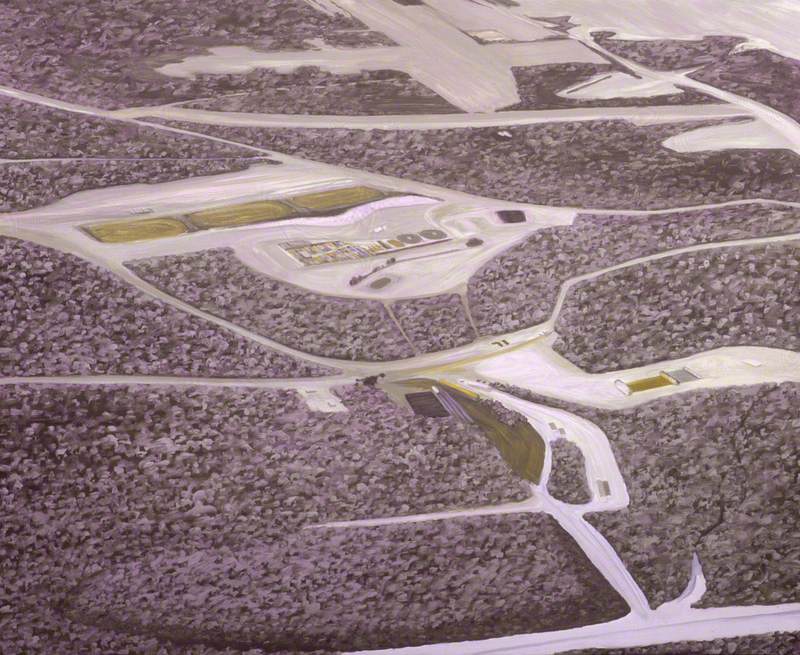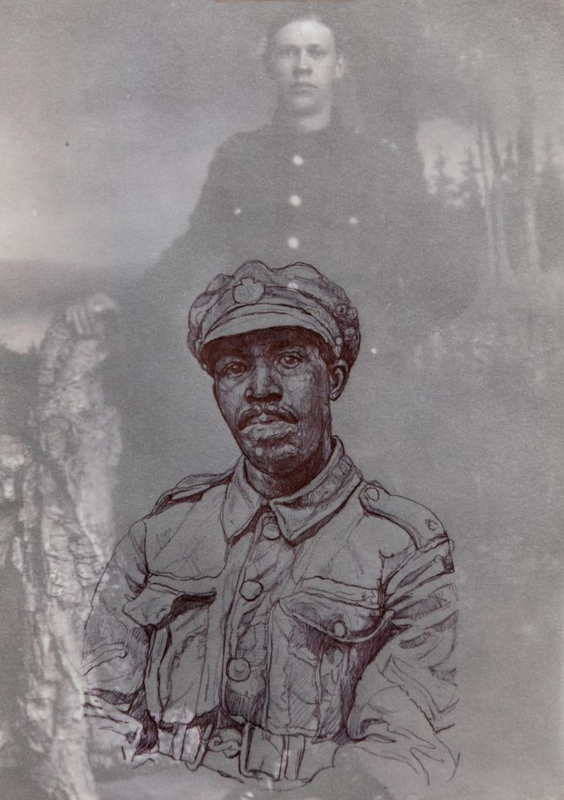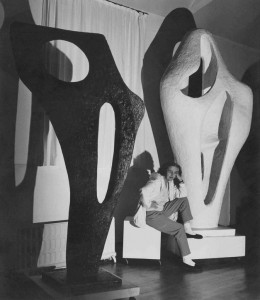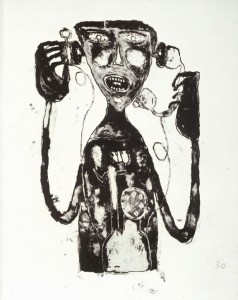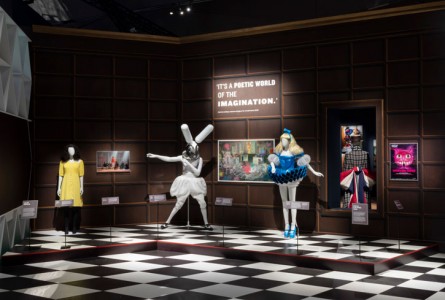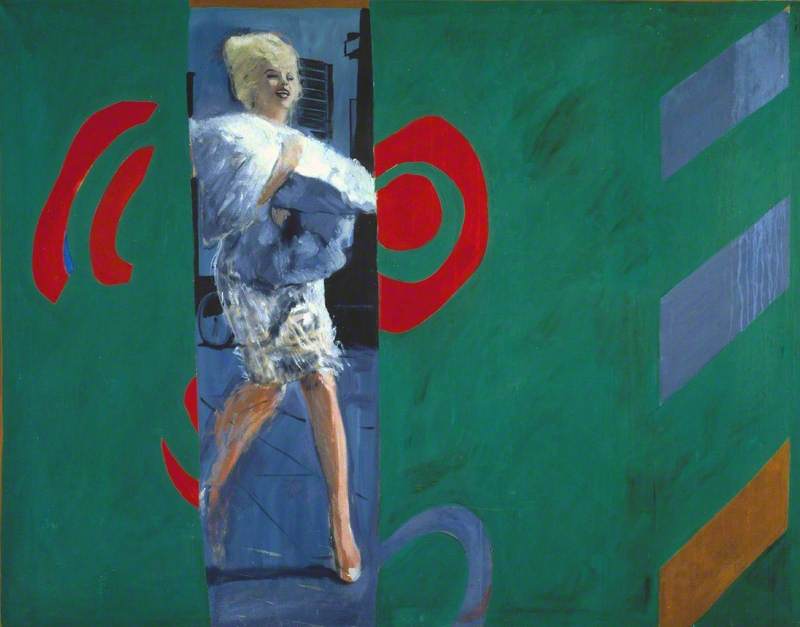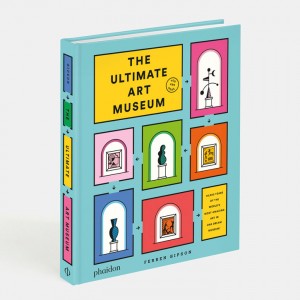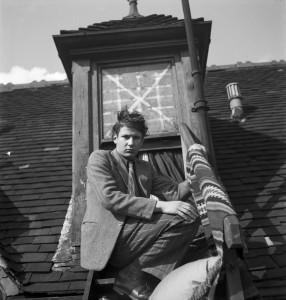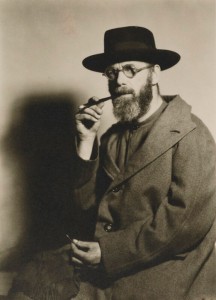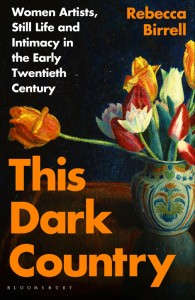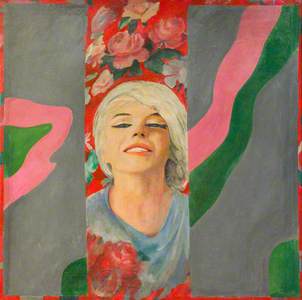Desperately Young: Artists who Died in Their Twenties is not a book in which any artist would choose to be included. For most artists, their twenties is an era of training, gaining competency, and finding one's style and niche. However, there are a select few who show extraordinary promise early.
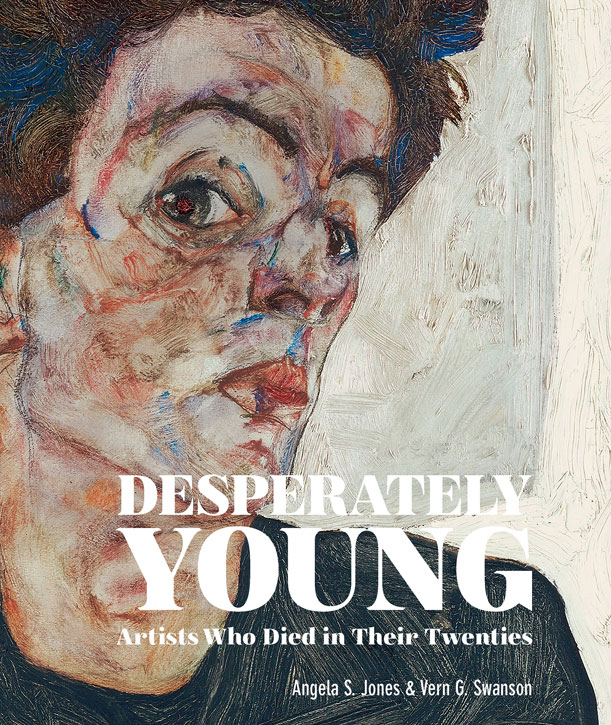
How cruel it is when precocious talents are snuffed out just as their artistic potential is glimpsed. These early bloomers might have pursued long and fruitful careers that would have enriched our culture and enlivened our souls. Desperately Young is the result of a decade-long study of such ill-fated artists. Gleaned from a broad range of artistic styles, eras, mediums and geographic locations, the book documents the lives, deaths and contributions of 111 artists.
Some artists are among the greats of their generation including the German Expressionist Egon Schiele (28), the New York Neo-Expressionist Jean-Michel Basquiat (27), the Baroque painter Elisabetta Sirani (27), and the incomparable Renaissance painter Masaccio (26). Other gifted, yet lesser-known artists, will be a 'discovery' for readers. The causes of death for these nascent artists are varied including suicide, war, overdose, accidents, and disease, with tuberculosis (TB) claiming the largest share. Other causes are unknown or shrouded in mystery.
Whatever the reason for their passing, it is remarkable what these featured artists achieved in so brief a lifespan. The following artists have found notable representation in UK collections, and considering the quality of their work, one might agree with the proverb, 'Whom the gods love die young.'
Virgin and Child with Saint John the Baptist
Elisabetta Sirani (1638–1665) 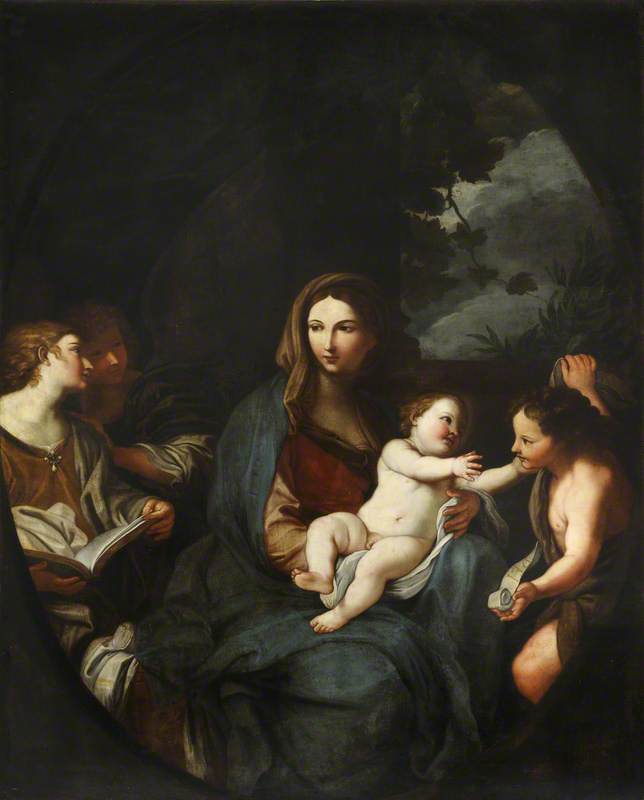
Frederick Trevelyan 'Trev' Goodall and Howard Goodall (both 23 years)
Many artists in Desperately Young came from artistic families where relatives offered them early tutelage accelerating their development. The brothers Frederick Trevelyan Goodall and Howard Goodall, sons of the orientalist painter Frederick Goodall RA (1822–1904), are a case in point. Both had begun promising careers when tragedy struck. During a visit to the Isle of Capri, Howard was showing off his pistol to friends when it accidentally fired. The bullet hit his brother, terminally wounding him. The Art Journal lamented Trev's premature death as, 'not only a heavy affliction to his family, but a loss to Art.'
Howard continued painting and exhibiting in spite of the heavy burden of guilt he carried. In January 1874, Howard arrived in Cairo suffering from an unknown illness. He died shortly thereafter. It is a strange coincidence that Howard died at nearly the same age as his older brother. Could Howard have inflicted some harm on himself through a desire to not 'outlive' his beloved brother? Howard's death left his father bereft of two gifted artist sons, both of whom had the potential to carry on the family's rich artistic legacy.
Henri Gaudier-Brzeska (23 years)
Henri Gaudier-Brzeska is generally regarded as one of the most significant sculptors of his generation. His primitive abstracted aesthetic and direct carving style had a profound influence on later British sculptors, including Henry Moore and Barbara Hepworth.
He was also closely associated with the Vorticist movement, and his Red Stone Dancer (c.1913) is considered one of the masterpieces of the Tate collection. This legacy is especially extraordinary in light of his extremely brief career. The majority of his art was produced between 1911, when he arrived in London, and September 1914 when he enlisted in the French army, amounting to around three years of productivity. Nevertheless, he managed to prolifically produce approximately 2,000 drawings and over 100 sculptures.
Unfortunately, Gaudier-Bzeska suffered from mental health issues, and once he joined the French army, he fought with little regard for his personal safety. He was killed in an infantry charge at Neuville-Saint-Vaast on 5th June 1915. The poet Ezra Pound wrote this touching tribute, 'a great spirit has been among us, and a great artist is gone'.
Geertgen tot Sint Jans (28 years)
Geertgen tot Sint Jans was the resident artist for the Knights Hospitaller of St John Monastery in Haarlem, Netherlands. He painted altarpieces of exquisite feeling with lustrous enamelled colour with detailed flourish and finish.
Works like Nativity at Night with its delightful doll-like figures, or John the Baptist in the Wilderness with its contemplative figure in an exquisitely detailed landscape, or Glorification of the Virgin with its fanciful concentric rings of angels playing musical instruments, makes one wish that more works by Geertgen had been produced or at least survived. Unfortunately, the iconoclasm of the Reformation and numerous wars have destroyed some of his small but vital oeuvre.
The Nativity at Night
possibly about 1490
Geertgen tot Sint Jans (c.1460–c.1490) 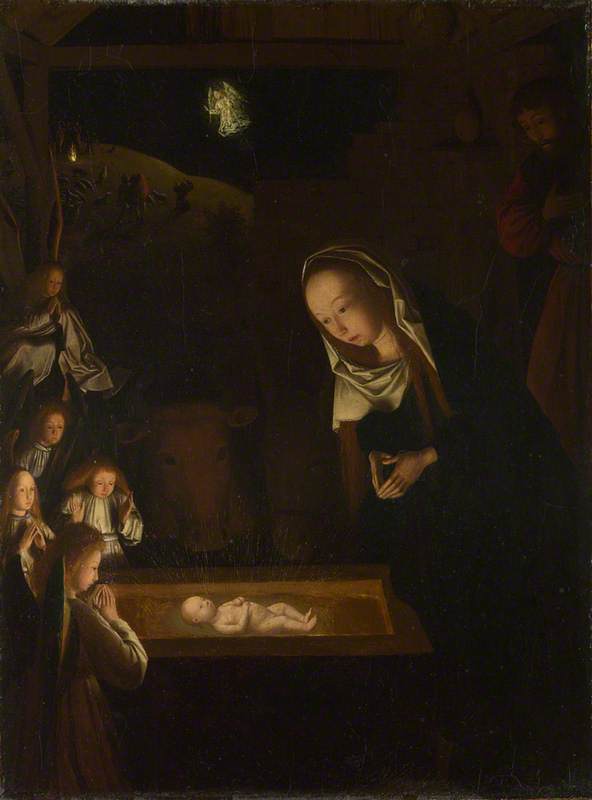
The cause of Geertgen's early death is unknown. His exact dates have also proved a conundrum for art historians who are reluctant to accept that an artist of his calibre could have created such mature and influential paintings while yet in his twenties. Perhaps he was simply a natural-born painter, as Albrecht Dürer is claimed to have said, 'Truly he was a painter in his mother's womb.'
Pauline Boty (28 years)
Pauline Boty was a leader of the British Pop Art movement, and the movement's only serious female artist. Through her 'rebellious' art she critiqued the 'Man's World' and became a second-wave feminist icon.
In her own words, 'A revolution is on the way... All over the country, young girls are starting, shouting and shaking, and if they terrify you, they mean to, and they are beginning to impress the world.' Boty's brief career was indeed impressive. She exhibited her paintings and collage works with Pop Art legends like Peter Blake and was featured in the film, Pop Goes the Easel. She also modelled and acted for radio, TV, and film.
While pregnant, a tumour was discovered and shortly after, Boty was diagnosed with cancer. The artist bravely refused an abortion or to undertake the much-needed chemotherapy, fearing her unborn baby might be harmed. In February 1966, a baby girl was born, and the artist died five months later. For years, Boty was largely forgotten until her reassessment began in the 1980s. The 1993 Barbican exhibition, The Sixties Art Scene in London, proved her significance to the likewise short-lived British Pop Art movement.
Eva Frankfurther (28 years)
Eva Frankfurther's turbulent childhood, defined by upheaval and displacement, would play out to be a motivating force in the young artist's life, art, and sudden death. A Jewish refugee from Nazi Germany, the artist was passionate about people, especially those who, like herself, had been displaced. Following her studies at St Martin's School of Art, she shunned the mainstream London art scene and instead settled in Whitechapel where she worked odd jobs and painted. Her art developed into a figurative expressionist style with loose brushwork and dry paint, depicting the residents of London's East End, with its Jewish and immigrant population.
Her compelling portraits and intimate genre pictures are at times rather glum but reveal a tender sensitivity toward her subjects. Sadly, Frankfurther was prone to depression and frequent mood swings. In January 1959, she took her own life. The Ben Uri Gallery explains her legacy thus: 'Despite the brevity of her artistic career, she left behind an important body of work based above all on compassion for the dignity of ordinary working people of all races and communities.'
Joanna Mary Wells, née Boyce (29 years)
The sister of Pre-Raphaelite artist George Price Boyce, Joanna Mary Boyce was a formidable artist in her own right. Her oil Elgiva (1855) was highly praised by Ford Maddox Brown and John Ruskin. When besotted artist Henry Tanworth Wells proposed marriage to Boyce, she refused, unwilling to give up her independence for the strictures of Victorian married life. Her art was very important to her as she wrote, 'I have talents or a talent and with it the constant impulse to enjoy it – not for notoriety or fame, but for the love of it and the longing to work.' Wells persisted and the pair eventually married.
Thankfully, the marriage did not halt Boyce's output. She completed many excellent oil paintings which were exhibited at the Royal Academy. However, following the birth of her third child, Boyce died suddenly of puerperal fever, a bacterial infection of the female reproductive tract following childbirth. Many years later, in 1906, William Michael Rossetti shared his thoughts on Joanna's passing: 'All the artists whom I best knew and valued, deplored her death as a real loss to art; they had looked upon her as the leading hope for painting in the hands of a woman.'
John Dalbiac Luard (29 years)
John Dalbiac Luard was born to a military, albeit artistic, family and pursued both traditions. Following a brief but distinguished military career, Luard could no longer resist his life's calling. He sold his commission to pay for his devotion to art. He studied under John 'Spanish' Phillip RA and shared a studio with the Pre-Raphaelite painter John Everett Millais. Luard quickly found his speciality in military genre subjects and spent the winter of 1855–1856 in Crimea making sketches of the war.
Paintings like A Welcome Arrival and Nearing Home met with success in Royal Academy exhibitions, but Luard suffered from a 'melancholy' nature. The strain of his irregular hours and fevered artistic activity eventually led to a breakdown. In July 1860, Luard was placed in the care of the Fisherton House Asylum where he died the following month. His death certificate states the cause as 'exhaustion from mania', a terrible end for one of such talents.
Angela Swanson Jones, co-author of Desperately Young: Artists who Died in Their Twenties
